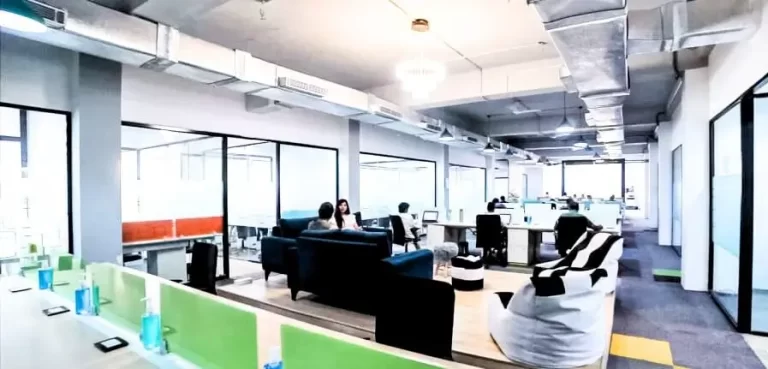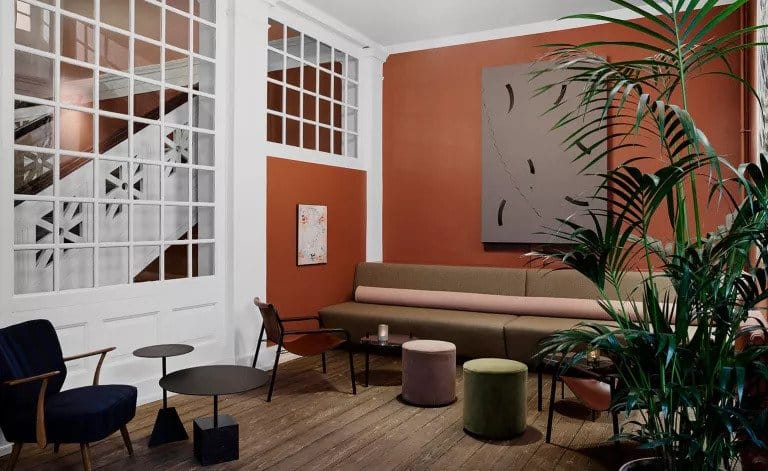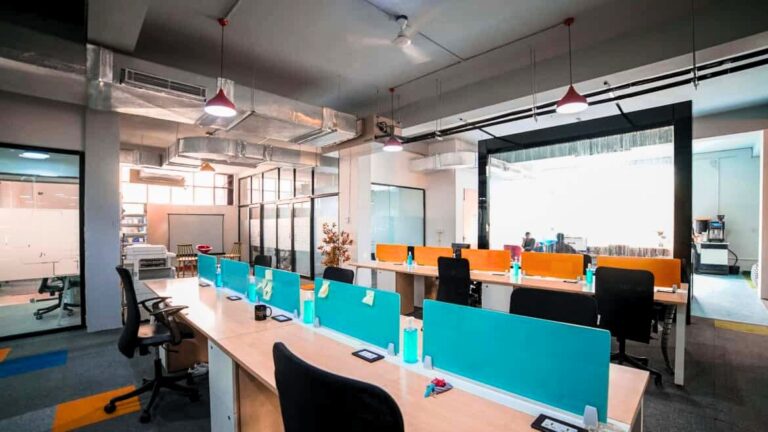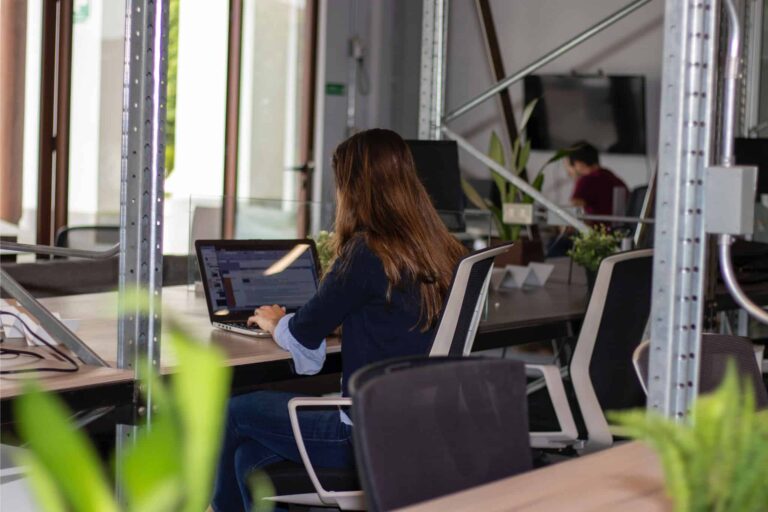Office Space Planning Explained
Ever heard the phrase, “Good design is invisible, but bad design is everywhere”? It’s true, especially when it comes to office spaces. A well-designed office can make a huge difference, reducing distractions and inefficiencies, allowing you to concentrate on your tasks.
So, what exactly is office space planning? It’s the art of figuring out how a space should be used and felt before it’s even created. When it comes to designing an office, space planning helps identify unused areas, spots where people might get in each other’s way, and spaces perfect for things like computers or coffee machines. It’s like creating a blueprint for a productive and harmonious workplace.
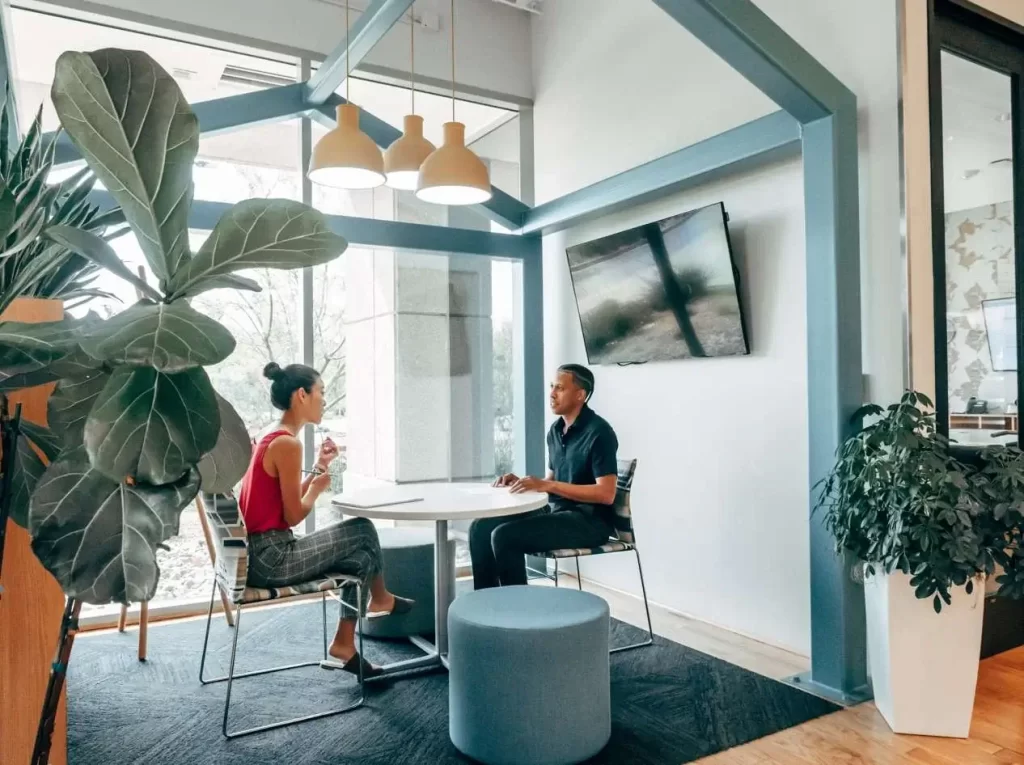
The Importance of Space Planning
Space planning isn’t just for offices; it’s a crucial aspect in designing homes, schools, government buildings, and places of worship too. Think of it as the secret ingredient that saves both time and money during the creation of any space.
But why does it matter so much? Well, planning isn’t just about putting things in their place; it’s about enhancing people’s experiences within those spaces. Whether you’re a client dropping by for a meeting or an employee gearing up for a day’s work, a well-planned space can make a world of difference.
6 Things to Consider in an Office Space Plan
No matter if you have the authority to design the entire office layout or just arrange the furniture, your office space plan plays a crucial role in how efficiently and effectively you work.
Want to enhance your workspace? Here are a few simple suggestions to optimize your office space:
1. Select Colors Wisely
In the context of office design, the choice of colors might appear minor, but its influence is substantial and wide-ranging. Even if you don’t consciously focus on wall colors, they can influence your mood and productivity. According to design psychologist Sally Augustin, the choice of colors should align with the nature of the work. Blue tones create a calming atmosphere, encouraging tranquility, while shades of red suggest energy and activity. So, when deciding on colors, consider the vibe that best suits your workplace tasks.
2. Balance Natural and Artificial Lighting
In any office setting, it’s crucial to strike a balance between natural sunlight and artificial lighting sources like CFL and LED bulbs. Light not only illuminates our workspace but also affects our comfort and productivity. To avoid headaches and eye strain, ensure there’s a mix of natural light from windows and well-placed artificial lighting. Equip desks with lamps for darker hours, and optimize the use of windows to let in sunlight, even on cloudy days. This harmony between natural and artificial light creates an inviting and comfortable work environment.
3. Design Relaxation Zones
It’s beneficial to establish designated areas away from workstations and desks. These spaces offer team members a chance to engage in discussions and brainstorming away from their computer screens. Additionally, these zones act as stress relievers.
These areas facilitate casual conversations, breaking down communication barriers, and encourage spontaneity among team members. Such relaxed or breakout areas environments can enhance creativity and more enjoyable work atmosphere.
4. Add more Plants & Flowers
Incorporating plants and flowers into your office environment, creating what they term “green offices,” does more than just enhance aesthetics—it significantly boosts concentration and overall worker satisfaction. Plants play a vital role in purifying office air, adding a refreshing touch amidst the screens and neutral walls. Studies show that offices adorned with greenery can increase productivity by as much as 15%.
Consider experimenting with various plants like bonsai trees, cacti, or larger potted plants such as Yucca or Kentia palms. Bringing nature indoors not only adds visual appeal but also contributes to a healthier, more stimulating work atmosphere.
5. Encourage Personalization
No matter how carefully you design your office, every employee has unique preferences. While you can create an appealing workspace, the personal touch comes from your team’s input and experiences. Give them the freedom to add their personal flair—let them decorate, adjust, and rearrange their spaces. Harvard Business Review suggests that when individuals have control over their environment, it cultivates a stronger sense of identity and empowerment. Allowing personalization not only enhances their comfort but also strengthens their connection to the workplace, making it a space where they feel truly at home.
6. Optimize Layout
Optimizing your office layout can be a game-changer for productivity. An efficient layout and smart storage solutions pave the way for a seamless workflow. By staying organized, you pave the path to staying consistently productive. Remember, a well-organized space isn’t just visually appealing; it’s a catalyst for efficient work processes. So, invest in an optimized layout and watch your productivity soar!
In simple terms, planning your office space smartly is key to a happy, productive work environment. By choosing the right colors, balancing light, adding plants, and letting people personalize their space, you create a workplace where everyone feels comfortable and empowered. Remember, a well-arranged office isn’t just a place to work – it’s where great ideas come to life!
Shared office space in Noida || Coworking space in Noida for a day || Temporary workspace in Noida || Workspace for a day in Noida || Flexible workspace in Noida || Shared office in Noida || coworking space Noida || Best Coworking Spaces in Noida || Private office in Noida || Best coworking space in Noida || Shared office space

